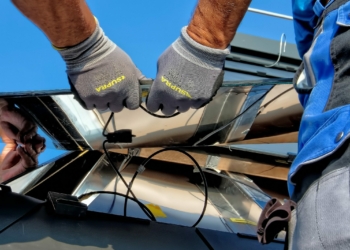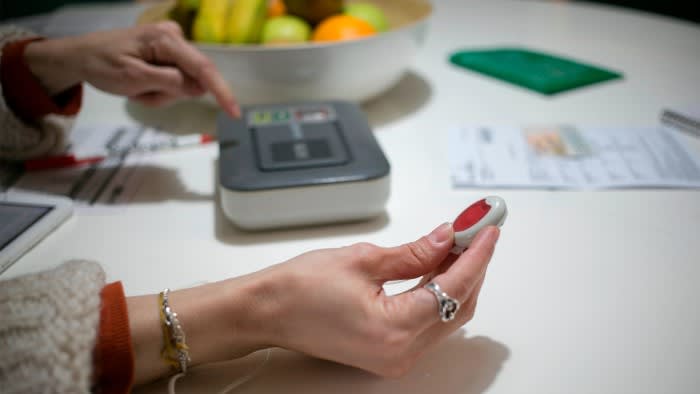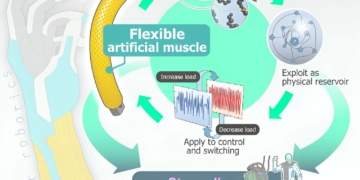Gecko-inspired robots are nowadays used for climbing, braking, or grasping in microgravity. It would be useful for them to monitor the contact area and force in order to prevent an attachment failure. Despite previous attempts, there is still no compact and effective contact state monitoring system.

Image credit: Bjørn Christian Tørrissen via Wikimedia Commons, CC-BY-SA-3.0
A recent study proposes an adaptive gecko gripper with vision-based tactile sensing capability. It uses FingerVision, a novel adaptive, compact, and low-cost sensor for monitoring contact area and shear force. The adhesives of the robot are directly integrated onto the membrane of the sensor. Therefore, the gripper can sustain high loads, even on curved or textured surfaces. The experiments show that the gripper can improve the contact based on sensor feedback by readjusting the fingertip pose. It enables the device to firmly handle oversized objects, which is not possible for most conventional grippers.
Monitoring the state of contact is essential for robotic devices, especially grippers that implement gecko-inspired adhesives where intimate contact is crucial for a firm attachment. However, due to the lack of deformable sensors, few have demonstrated tactile sensing for gecko grippers. We present Viko, an adaptive gecko gripper that utilizes vision-based tactile sensors to monitor contact state. The sensor provides high-resolution real-time measurements of contact area and shear force. Moreover, the sensor is adaptive, low-cost, and compact. We integrated gecko-inspired adhesives into the sensor surface without impeding its adaptiveness and performance. Using a robotic arm, we evaluate the performance of the gripper by a series of grasping test. The gripper has a maximum payload of 8N even at a low fingertip pitch angle of 30 degrees. We also showcase the gripper’s ability to adjust fingertip pose for better contact using sensor feedback. Further, everyday object picking is presented as a demonstration of the gripper’s adaptiveness.















